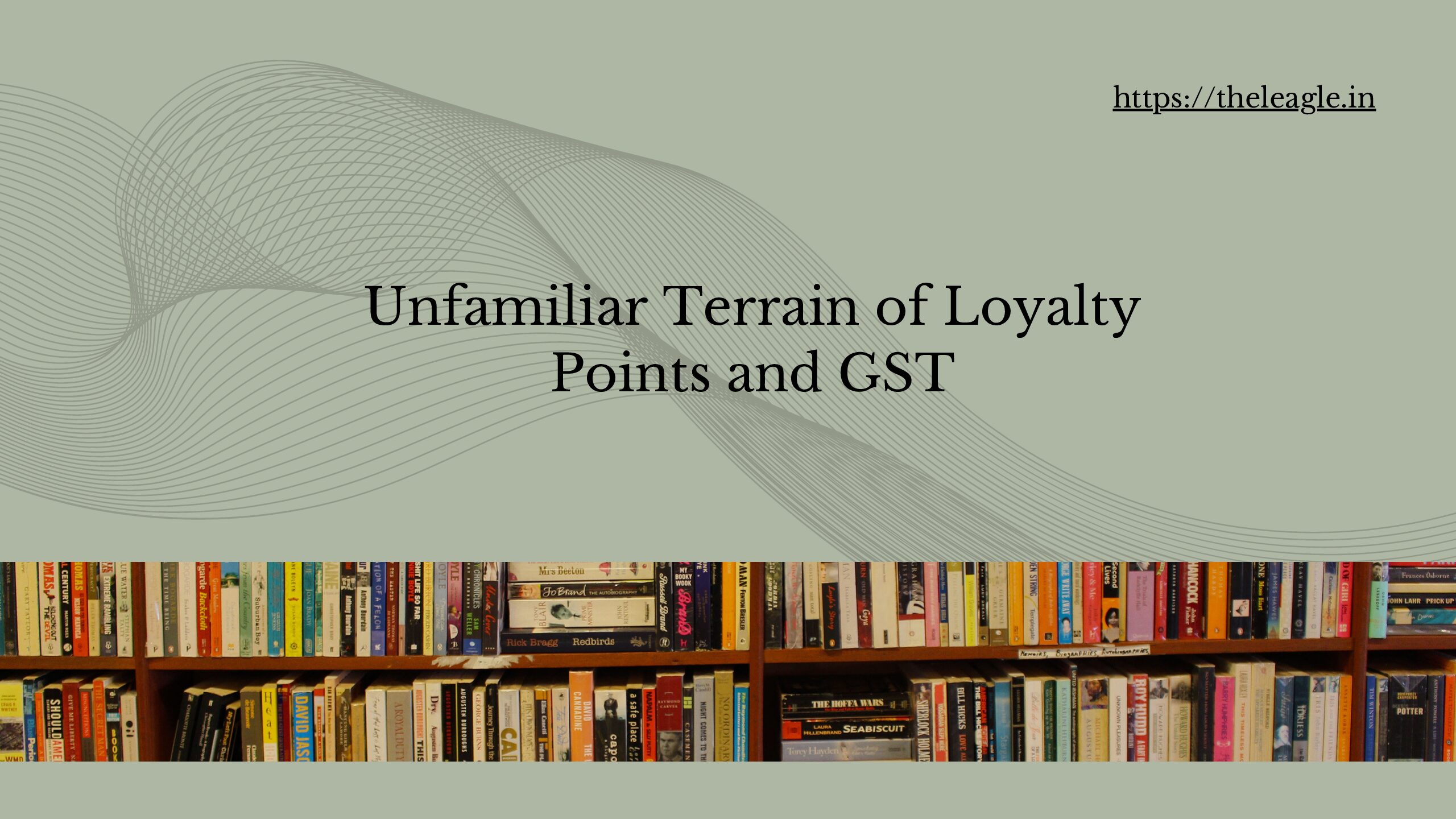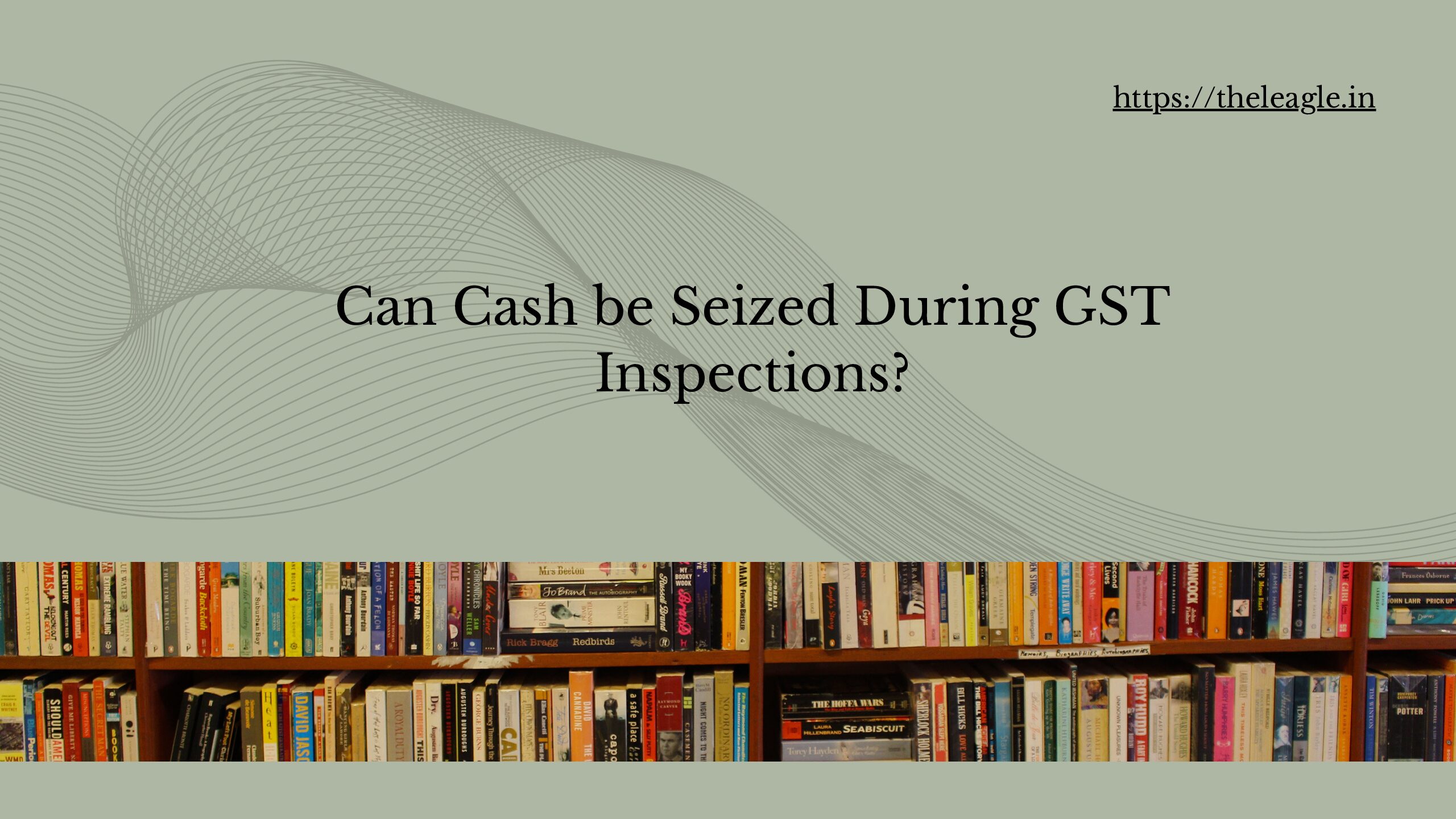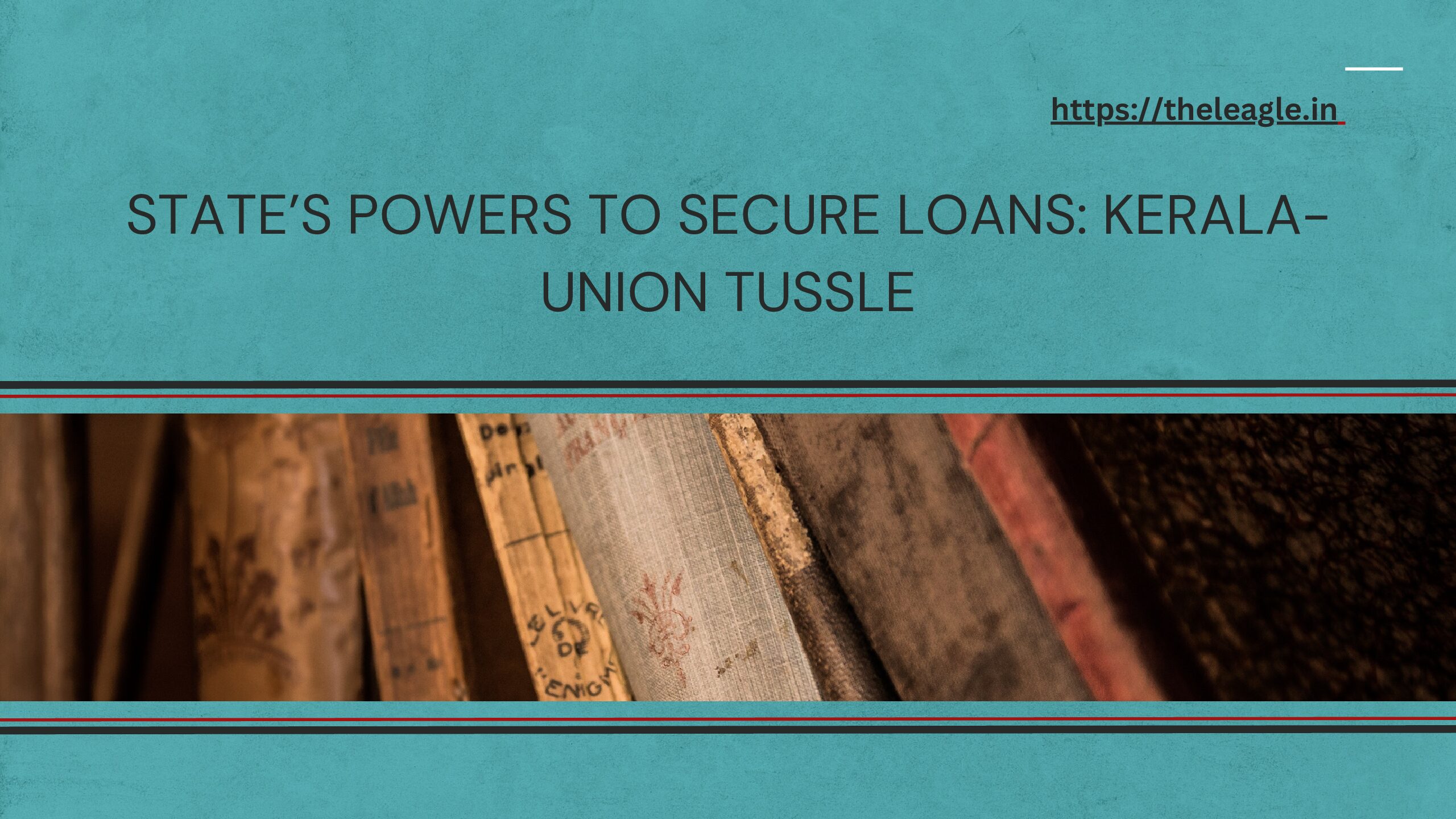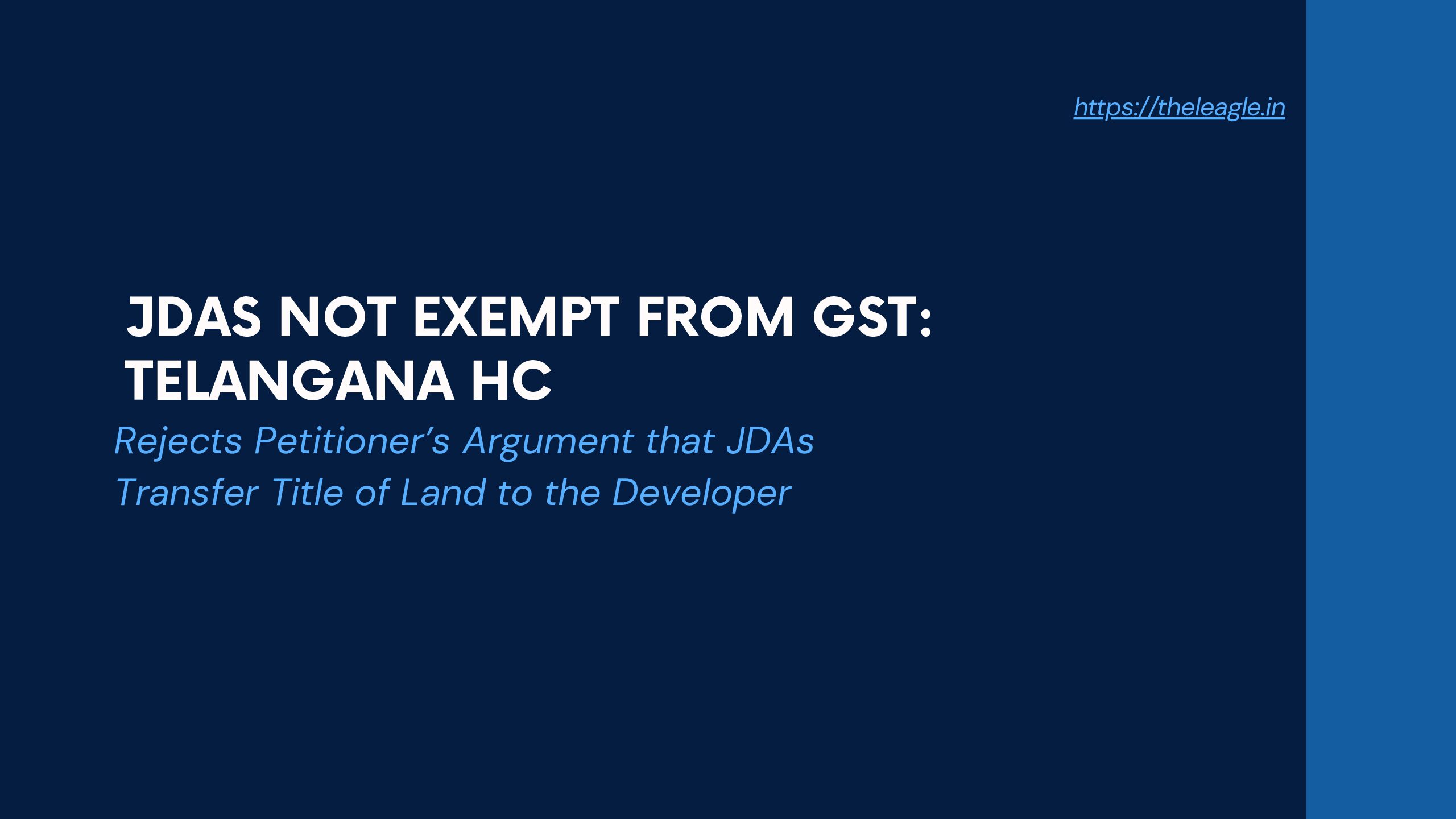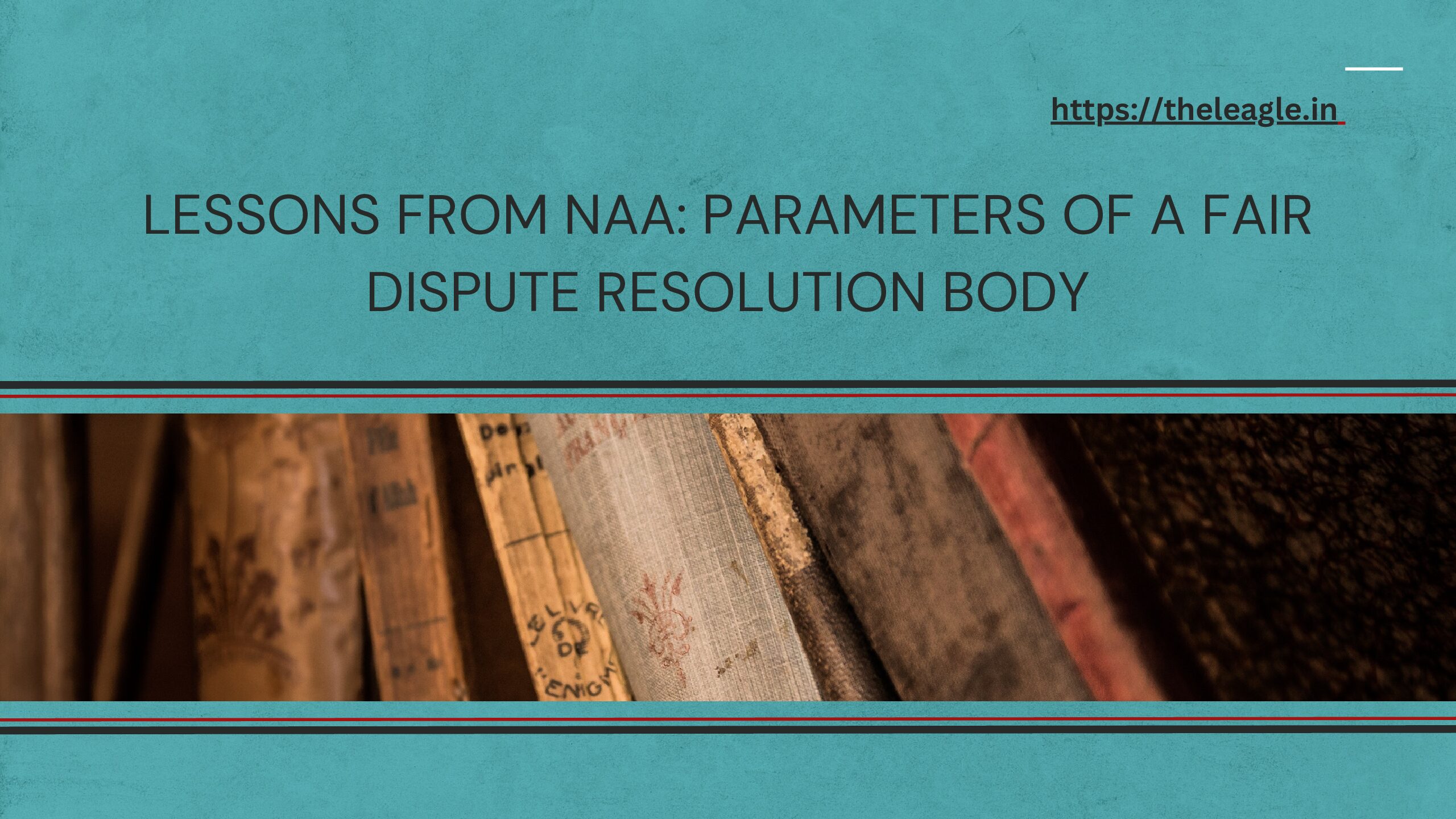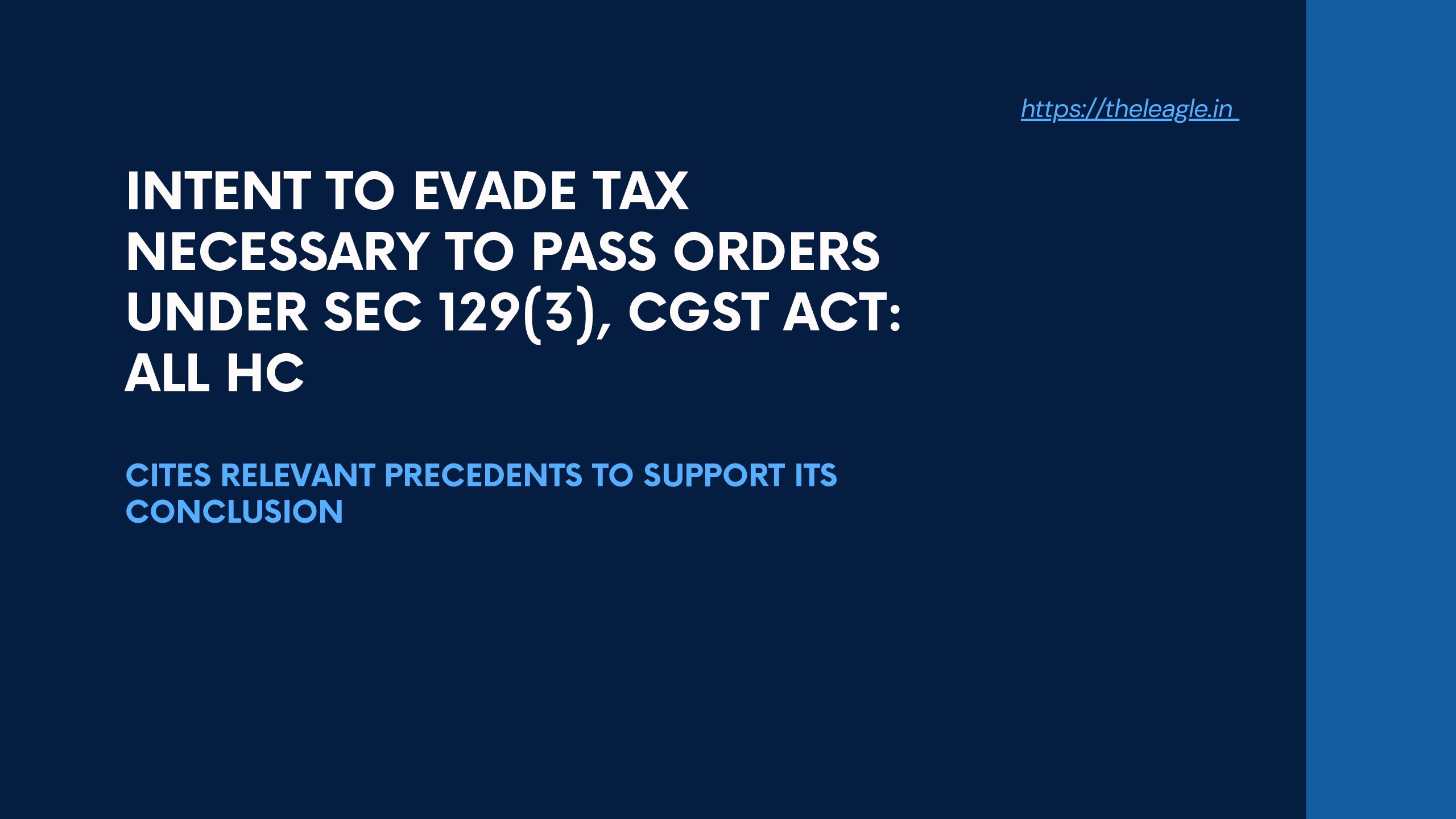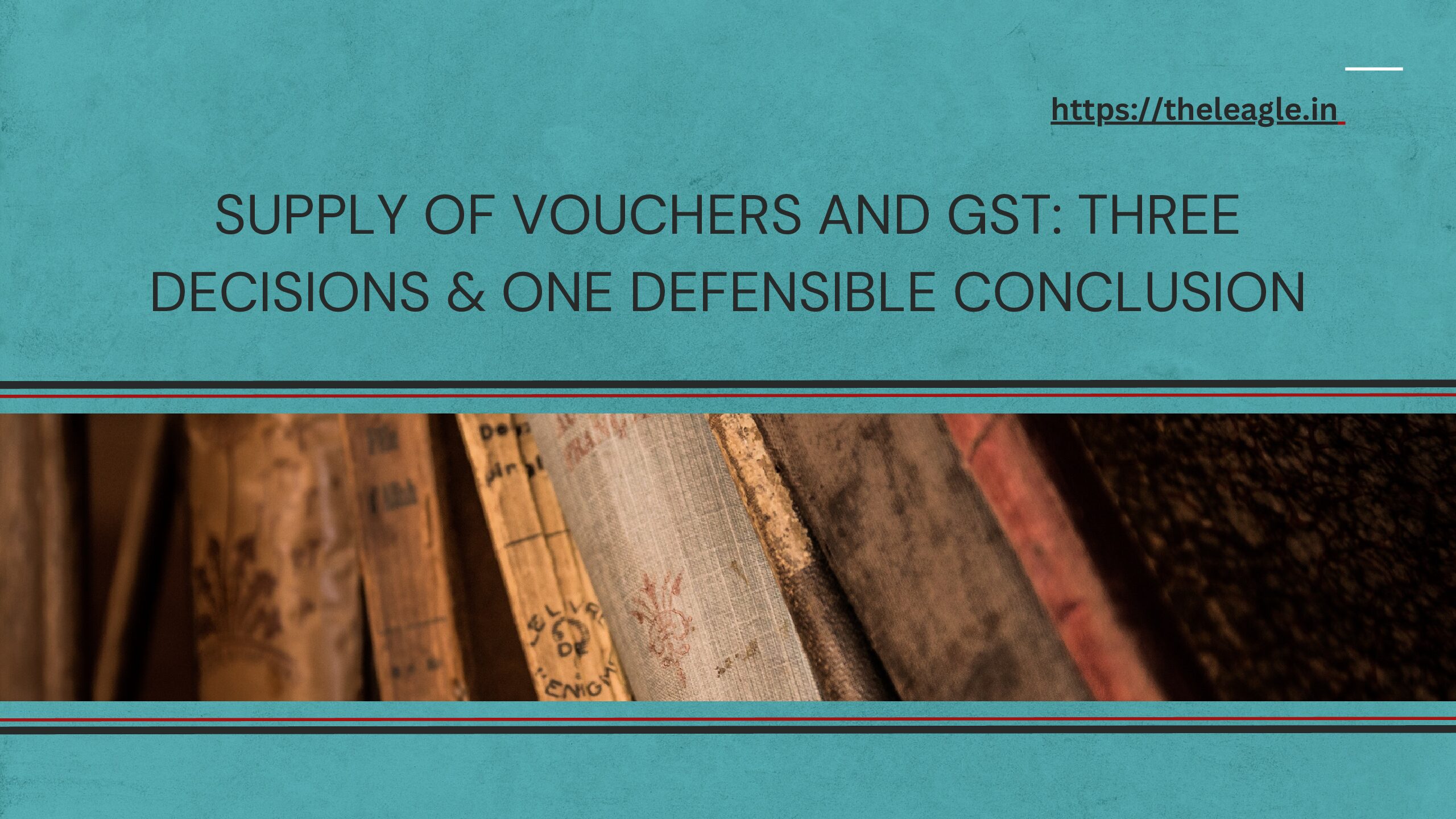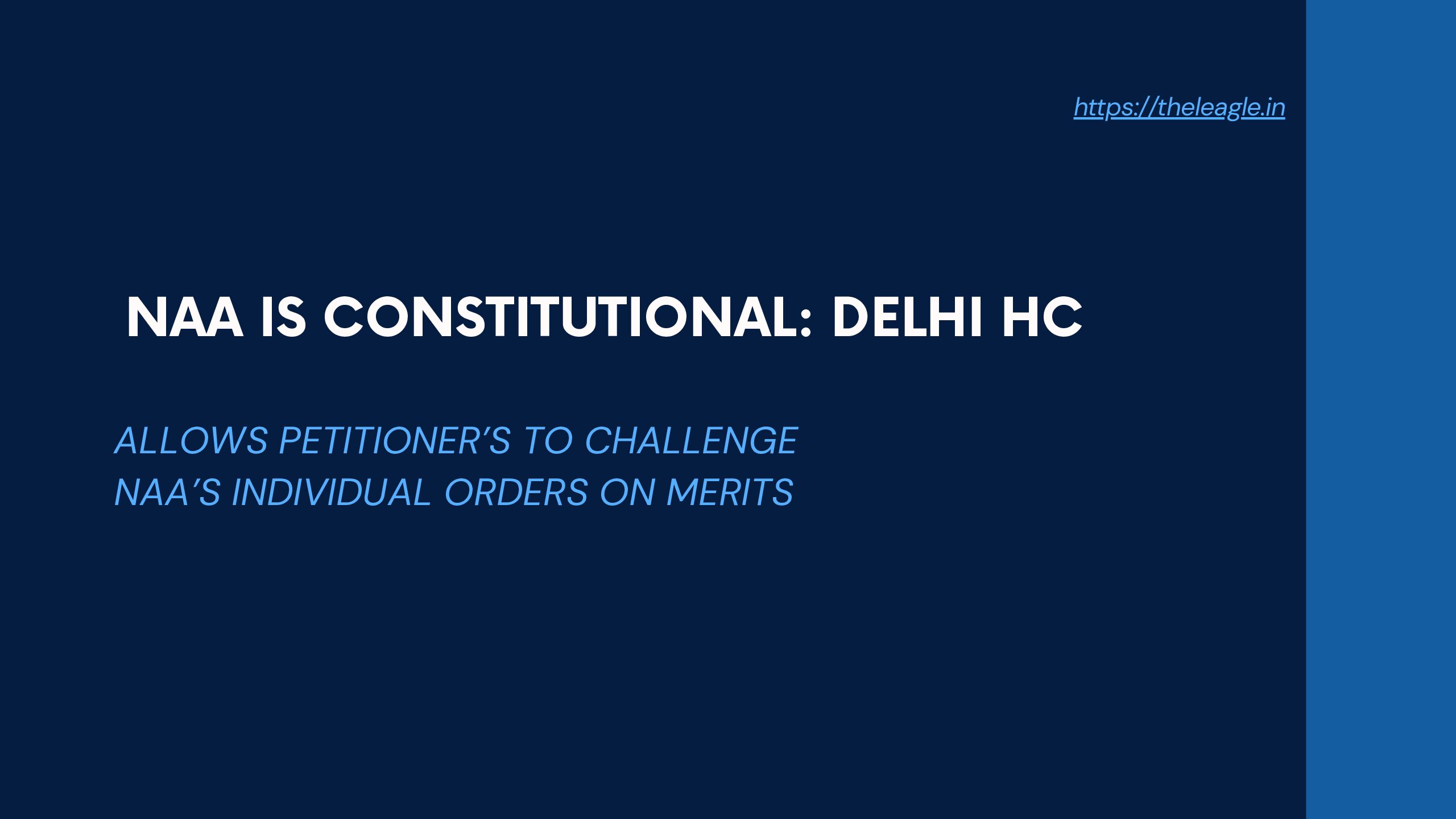Introduction
This post focuses on the Delhi High Court’s recent judgment upholding the constitutionality of NAA, a statutory body established under Section 171, CGST Act, 2017. I’ve examined the working of NAA in detail here and here, where I’ve highlighted the problematic aspects of NAA’s various orders. In this post, I will summarize the petitioner’s arguments and the State’s response. At the outset, it is important to highlight that NAA’s functions and powers have been transferred to Competition Commission of India w.e.f. 01.12.2022. While the petitions challenging the constitutionality of NAA have been pending before the Delhi High Court for a while now, a decision on the constitutionality of NAA after it has passed hundreds of orders and has practically ceased to function is also an instance of how tax justice for taxpayers is elusive and littered with delays, even under a ‘transformative’ and ‘game changing’ legislation such as GST.
The Delhi High Court, in upholding the constitutionality of NAA, has not broken any new ground. In fact, it has blunted various persuasive arguments of the petitioner’s by choosing to adopt a pedantic and literal interpretive approach that saves the face of NAA and paves path for almost unfettered delegated legislation in tax legislations. The High Court has used similar vocabulary as NAA deployed in its orders to defend its constitutionality. The High Court has floundered in engaging with the true import and scope of petitioner’s arguments and instead has provided them the concession of challenging the NAA’s individual orders on merits which is at best a half-baked solution to a constitutional challenge.
The centrepiece of the petitioner’s case was that Section 171, CGST Act, 2017 and Rules 122, 124, 126, 127, 129, 133, 134 of CGST Rules, 2017. The notices and orders of NAA imposing penalties on taxpayers were also challenged, but the constitutional validity of the aforesaid provisions was the main subject of the impugned decision. And the constitutionality of the provisions and the related arguments also are the focus of this post.
Section 171(1), CGST Act, 2017 states that any reduction in rate of tax on any supply of goods or services or the benefit of input tax credit shall be passed on to the recipient by way of commensurate reduction in prices. Section 171(2) empowers the Central Government, on recommendations of the GST Council, to constitute an authority or empower an existing authority to examine if the mandate of sub-section (1) is being followed by the registered taxpayers. It was in exercise of its powers under Section 171(2) that the Central Government constituted NAA.
The relevant Rules under challenge inter alia provided that NAA shall consist of one Chairperson and four technical members, it shall have the power to determine the procedure and methodology to determine if the mandate of Section 171(1) is being adhered to, amongst other relevant details about initiation and conduct of proceedings by NAA.
Arguments
The petitioner’s arguments traversed a wide array of issues. The challenge to Section 171 involved arguments that Section 171 prescribed a financial extraction akin to a tax which cannot be levied via subordinate legislation; Section 171 suffered from the vice of excessive delegation as it delegates essential legislative functions to the Government and contains no legislative or policy guidance as to how NAA is to exercise its powers; and further while Section 171 delegates to the Government the power to determine the powers of NAA, the Government via Rule 126 has further delegated to the NAA the power to determine the methodology and procedure to adjudicate on violation of Section 171. The petitioners also contended that the term ‘commensurate’ has not been defined under Section 171 and meaning of profiteering hinges on the phrase ‘commensurate reduction in prices’ resulting in a circular reasoning in the provision. Section 171 was accordingly challenged as being violative of Article 14 and 19(1)(g).
The other leg of challenges involved the opaque and uncertain methodology adopted by NAA in determining the violation of Section 171. And that in the absence of any legislative guidance, NAA acted arbitrarily demanding taxpayers reduce prices without disclosing specifics of its methodology. The petitioner highlighted the methodology adopted by NAA in profiteering complaints involving real estate companies to underline the arbitrariness in NAA’s approach. The petitioner also compared India’s anti-profiteering mechanism with that of Malaysia and Australia to underline their argument that the anti-profiteering mechanism in India was a price control mechanism interfering with their right to determine prices of goods and services.
Petitioners further highlighted that there was no time prescribed for taxpayers to reduce prices, there was no judicial member in NAA even though it performed a quasi-judicial function, taxpayers did not have a statutory right to appeal against NAA’s orders. And that NAA did not allow any other method to pass on benefits of reduced taxes except via reduction in prices. For example, altering the sizes of products to pass on benefits of reduced taxes to customers had been rejected by NAA except in one case.
The State justified the legal framework of NAA as constitutional. The arguments were, to a large extent, comparable to the rhetoric that NAA deployed in its orders in justifying its constitutionality. Some of the arguments that the State adopted were: Section 171 was enacted in pursuance of the Directive Principles of State Policy under Articles 38, 38(b), and 38(c) which inter alia mention economic justice and prevention of concentration of resources in a few hands. Section 171 was within the legislative competence of the Union under Article 246A of the Constitution. The State interpreted Section 171(1) differently from that of the petitioners and argued that it provided amply policy direction. It was argued that Section 171(1) clearly states that ‘any reduction’ in tax rates must be passed to recipients by ‘commensurate reduction in prices.’ And that only minutiae had been left for delegated legislation. The State defended NAA’s powers to determine the procedure and methodology stating that it clearly flows from Section 171 and this not a case of excessive delegation.
The State also challenged petitioner’s argument that only reduction of prices cannot be the sole method via which the taxpayers can adhere to the mandate of Section 171. The State argued that taxpayers should be allowed to ‘only’ reduce price in compliance of Section 171 and NAA is justified in interpreting the provision which is least prone to tax avoidance as allowing other methods may involve manipulation by taxpayers.
The State argued that Section 171 did not provide for a price control mechanism as argued by petitioners and it only influenced the indirect price component and did not restrict the freedom of suppliers to determine the price. And that NAA was only indulging in fact finding exercise and absence of a judicial member was not fatal to its orders. Neither can absence of a time for which taxpayers are to maintain reduced prices can be the basis of challenging the constitutionality of NAA.
I’ve tried to summarise the important arguments raised by both sides; but, in my view, the core challenge was of excessive delegation. Section 171 does not provide legislative and policy guidance to NAA and Rule 126 questionably allows NAA to determine its own procedure and methodology, a methodology which the State argued it ‘may’ determine but was not obligated to determine. The issues of excessive delegation and opaqueness/arbitrariness in the NAA’s functioning were the overarching themes in the arguments. And State defended the constitutionality of Section 171 by interpreting it in a manner as if it was the most precise and comprehensive statutory provision.
Delhi High Court Upholds NAA’s Constitutionality
The Delhi High Court gave multiple reasons for upholding the constitutionality of NAA. The High Court dutifully cited the principles that presumption of constitutionality guides adjudication of constitutionality of a provision and that in matters of economic laws the legislature has a wide latitude, both principles duly entrenched in Indian jurisprudence via a long line of judicial precedents. Further, the High Court observed that GST heralded a new indirect tax regime in India to reduce the cascading effect of multiple indirect taxes. On these broad and abstract principles there is little to find fault with the High Court’s approach. It is the specifics that make this judgment deficient in reasoning. I highlight some of the deficiencies below.
To begin with, one of petitioner’s argument was that the key phrases used in Section 171 ‘commensurate’ and ‘profiteering’ are defined in reference to each other, a case of circular reasoning. The High Court invoked the State’s reference to Directive Principles of State Policy, the objective of GST to reduce cascading effect of taxes, and the dictionary meaning of ‘commensurate’ to conclude:
Section 171 of the Act, 2017 mandates that whatever is saved in tax must be reduced in price. Section 171 of the Act, 2017 incorporates the principle of unjust enrichment. Accordingly, it has a flavor of consumer welfare regulatory measure, as it seeks to achieve the primary objective behind the Goods and Services Tax regime i.e. to overcome the cascading effect of indirect taxes and to reduce the tax burden on the final consumer. (para 100)
Again, what the Delhi High Court says here is correct, but it does not address the petitioner’s simple argument that in absence of precise phrases or clear definitions the provision suffers from arbitrariness as it allows NAA complete discretion to interpret and implement the provision. Also, the constitutionality of a provision cannot be defended by reference to its intended objectives. The fact that Section 171 was enacted in reference to Directive Principles of State Policy or for consumer protection is irrelevant to the argument that it suffers from arbitrariness. The High Court places undue emphasis on the intent of the provision to adjudicate its constitutionality and sidestepped the core issue of the provision lacking sufficient policy guidance.
The second questionable aspect of the judgment was in the Delhi High Court’s conclusion that Section 171 contains a clear legislative policy and does not delegate essential legislative functions. And the High Court added that not only does Section 171 prescribe a clear legislative policy it also contains all the navigational tools, checks and balances to guide the authority tasked with its workability. Section 171 creates a substantive obligation on taxpayers to not profiteer, but the authority to implement the mandate, NAA, has under the relevant rules been given the power to determine its own procedure, determine the scope of complaints and investigation, determine the methodology to determine profiteering – without being under an obligation to determine it or disclose it – which cannot be reasonably traced to the statutory provision. And a statutory right to appeal against NAA’s order is absent. In such a scenario, the High Court’s interpretation that Section 171 contains sufficient policy guidance, imbibes Section 171 with more substance than it contains.
Further, Section 171(3) states that the authority, i.e., NAA shall exercise such powers and discharge such functions as may be prescribed. And under Rule 126, the Central Government empowers NAA to determine the methodology and procedure for determining if the taxpayers are passing on benefits of reduced taxes to consumers. It is indeed difficult to not see that the delegated legislation function assigned to the Central Government was further passed to NAA leading to a situation where NAA framed Rules to determine its own powers and determine the methodology to determine profiteering. In my view, this is a clear case of impermissible delegated legislation where an authority has been entrusted to self-determine scope of its own powers circumscribed by a thinly worded statutory provision. Also, it is worth pointing out that the Methodology that NAA prescribed in exercise of its powers was not a methodology that reliably informed the taxpayers of how the reduced prices are to be calculated and unreasonably suggested that increased costs of compliance for taxpayers are immaterial to determine compliance with Section 171. The Delhi High Court’s observations on this issue are:
Moreover, as per Rule 126 NAA ‘may determine’ the methodology and not ‘prescribe’ it. The substantive provision i.e. Section 171 of the Act, 2017 itself provides sufficient guidance to NAA to determine the methodology on a case by case basis depending upon peculiar facts of each case and the nature of the industry and its peculiarities. Consequently, so long as the methodology determined by NAA is fair and reasonable, the petitioners cannot raise the objection that the specifics of the methodology adopted are not prescribed. (para 126)
What is the difference between ‘determining’ and ‘prescribing’? NAA, in its orders has observed that it is not obligated to prescribe a methodology since different fact situations require different approaches. And it is only supposed to determine the methodology as per the facts, an approach which the Delhi High Court endorses in the above paragraph. But, is it justifiable to rely on the said interpretation to conclude that the methodology need not be revealed to the taxpayers?
The above observations of the Delhi High Court where it almost completely agreed with the State’s arguments and in fact NAA’s own defence of its own constitutionality, pretty much sealed the case for the petitioners. The High Court though concluded that all other arguments of the petitioners’ also did not have a persuasive value. For example, the High Court observed NAA’s investigations could be validly extended beyond the scope of original complaint (para 159), time limit to complete investigations were only directory and not mandatory despite use of the word ‘shall’, (para 158 )and that NAA was a fact-finding body and absence of judicial members was not fatal to its constitutionality. (para 146) The last finding collapses on an examination of NAA’s function and High Court’s own interpretation of Section 171 as a provision that creates a substantive obligation on taxpayers. (para 100) Clearly, in implementing Section 171, NAA is adjudicating on rights and obligations of consumers and taxpayers and yet NAA’s functions were interpreted to be confined to mere fact-finding exercise. While the actual fact-finding was undertaken by the investigative arm of the NAA, i.e., DGAP. And if a body like NAA has powers to impose penalties and cancel registrations, do they not impact taxpayer obligations? How is it defensible to accord it a status of mere fact-finding body performing functions of expert determination?
Finally, while the State and the Delhi High Court were correct in stating that absence of a right of appeal is not fatal to the constitutionality of a body, it needs to be stated that the absence of such a right should have made the High Court more cautious that there are enough checks and balances to protect taxpayer rights at the NAA level. Instead, by upholding the arguments that investigation by DGAP can traverse beyond the subject matter of complaint, the time limit to complete investigation is directory in nature and otherwise misreading the mandate and nature of NAA, the Delhi High Court has granted a wide leeway to the State in matters of anti-profiteering in particular and generally in drafting tax legislations with unfettered delegated legislative powers to the executive.
Conclusion
I’ve argued previously that NAA adopted self-serving interpretation of Section 171, relied on opaque and arbitrary methodology to adjudicate complaints of profiteering and that its manner of creation was tinged with unconstitutionality. The Delhi High Court has concluded otherwise, though as I’ve highlighted above, its reasoning and interpretive approaches are not beyond reproach. The concession that the petitioners have received from the Delhi High Court is that NAA adopted a flawed methodology in adjudicating complaints of profiteering in real estate projects. The High Court observed that NAA relied on the difference between ratio of ITC and turnover in pre and post-GST periods, but there is no direct co-relation between ITC and turnover. And that varying expenses and nature of construction activity should have been considered by NAA. But, the impact of these observations will only be revealed when specific orders of NAA are challenged on merits. (para 129) Since a bulk of NAA’s orders related to the real estate sector, this is not insignificant, but still does not detract from the High Court’s flawed approach in engaging with the arguments on constitutionality of NAA.
